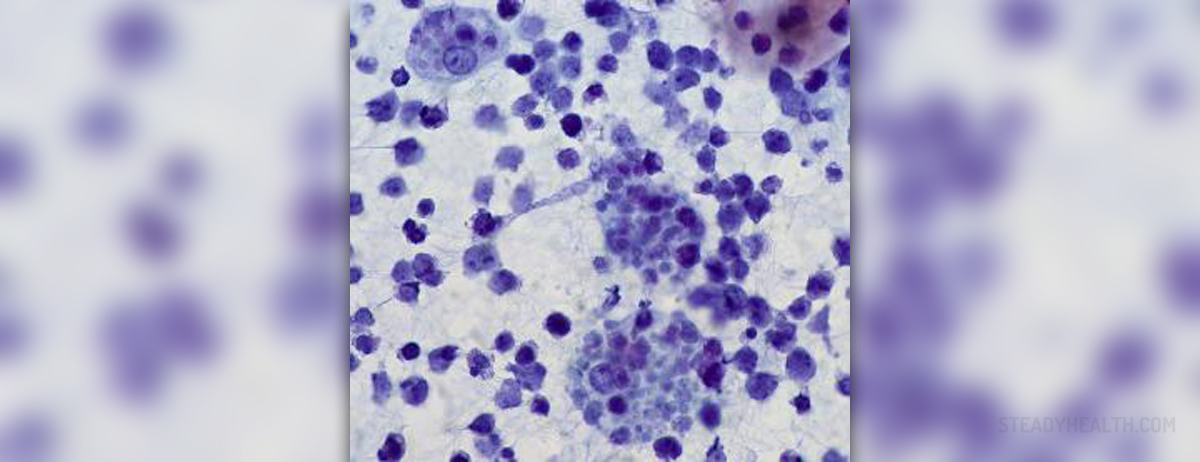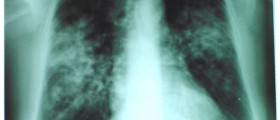
Lymphoma
Lymphoma is a malignant tumor of lymphatic tissue. There are approximately 35 types of lymphoma. Non-Hodgkin lymphoma may originate form every lymphatic tissue in the body and it is rather aggressive. This is the most common type of the disease. On the other hand, Hodgkin lymphoma starts in lymph nodes and it can be easily treated and definitely cured. The correct diagnosis and the exact type of lymphoma can be set only after pathohistological examination of the biopted tissue. The timely diagnosis of the diseases is essential. Luckily, lymphomas are rare cancers and some types can be completely cured thanks to a variety of treatment modalities. They commonly affect children and young adults. Still they can be also found in adults.
Symptoms of Lymphomas
The symptoms of this disease are not so obvious. Some of them may last from months and the patient does not have to take them seriously.
The symptoms and signs of the disease are caused by changes in the lymphocytes. They are localized in the lymph glands and lymphatic tissue and once they start to grow uncontrollably the symptoms of the disease occur.
The actual cause of lymphoma has not been found yet, but it definitely affects immunocompromized people so this can be one explanation. Weak immune system may be only one cause of the disease.
Patients may complain about unexplained weight loss. They may also suffer from recurrent fevers and night sweats. Tiredness can be chronic or recurrent. Skin may be covered in rash or be itchy. Patient may notice swollen lymph nodes on the neck, in the armpits or in the groins. In some cases when internal lymph nodes are enlarged patient cannot see them but can have symptoms caused by this enlargement. For example, if gastrointestinal lymph nodes are enlarged they can lead to different abdominal symptoms, pain in the stomach, obstruction of bowel and so on.
Diagnosis of Lymphoma
The patient will come to see a doctor and to complain about some of the previous symptoms. The doctor will then ask certain questions and perform physical examination of the patient. Special attention is paid to palpation of the available lymph nodes.
Additional tests include blood test which will not help with the diagnosis but can point to blood abnormalities. High levels of LDH can point to lymphoma.
Imaging methods are used to visualize potentially enlarged lymph nodes in the body. They include X-ray, CT scan, MRI, PET scan, and so on.
Once the enlarged lymph nodes or lymphatic tissue has been found the following step is biopsy. The doctor performs the biopsy and sends the specimens to pathohistological examination. Once pathologically confirmed the diagnosis is definitive.

















Your thoughts on this
Loading...